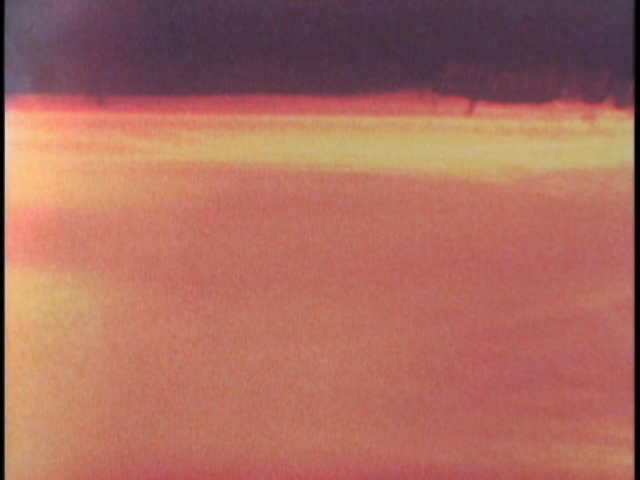One of the greatest experiences a student of cinema can have is to be given the opportunity of studying under a passionate, experienced, and knowledgeable filmmaker. By experiencing firsthand the gratification of seeing one’s own students grow, I regard teaching film as a crucial part of my professional development. I engage students in a constant collaborative exploration of learning, rather than a simple transfer of knowledge. Therefore, my goal is to guide film students toward innovative ways of expression using comprehensive lectures, production workshops, and screenings.
Film is a highly critical and conjectural area of cultural exploration. Intellectually, a professor of cinema should not only lend the tactic hand, but evaluate meanings generated from it, furthering aesthetic, technical, and philosophical discussion. There’s a certain body of knowledge that’s used to prime students. The knowledge is not simply the intelligent study of film as art, but also the art of analysis and criticism of the medium. The pairing of research and study supplements the variety of possible reactions to the historical situation of film. It shows whether they can comprehend and assimilate work, which becomes a tangible asset in their own filmmaking.
My classroom environment is a place where ideas are transmitted, explanations are given, and creative development is endorsed. I encourage students to challenge specific concepts and perhaps (re)form their own. The evaluation of fundamental cinematic values becomes the trek of a student. Hence, teaching should be used as a spark, giving students the ability to develop personal voices, allowing creative and communicative approaches of film in spite of ingrained principles or established values.
Artistic traditions relevant to film students have no clear boundary. The very nature of the medium of film mandates an interdisciplinary approach. It’s important that students understand that film is a complex and young medium whose trajectory is not fully determined. Accordingly, students must ascertain how they might affect the evolution of filmmaking rather than simply be influenced by it. Film is tangible and a student should be a physical part of it. A student is asked to absorb as much cinematic knowledge as possible and spur it into a creative mix of dynamic moving images and sound.
I implement a collaborative, interdisciplinary educational philosophy in the classroom. In the context of an intro-level production course, students are introduced to filmmaking using both film and video. A foundation course such as this often includes lectures, demos, workshops, and screenings. Students must work individually and in small groups. When in groups, students alternate between directing, writing, camera, lighting, editing, et cetera. Group assignments encourage student dialog, a significant step in developing intellectual film forums. Within the groups, I stress the need for openness in difference, respect, and compromise. Students may be asked to change partners for different projects, keeping dynamics fresh. When working alone, a student develops all stages of a project. I give them technical and aesthetic guidance, but do not withhold creative control. By challenging students to create a number of films over a semester, they in-turn produce a considerable body of unique films.
Continuing to broaden student filmmaking, I’ll introduce film analysis and criticism. We start by studying key films within the framework of the course. Films screened are pedagogical and bear little relationship to mainstream. Instead, I ask students to explore new areas of film, perhaps rethinking some of their presumptions. Watching certain types of film can be a challenging and frustrating experience for students new to experimental and documentary genres. To benefit, a student may need to adjust preconceptions, habits of attention, viewing practices, and personal thresholds.
It is again within the context of a specific course, students may be required to read several essays or textbook chapters that relate to a course lecture or screening. I often challenge students to write a short critical essay dealing with a specific film topic. Further, students are required to keep a written journal dedicated to sketching film ideas, teasing out points, and responding to screenings.
Students are asked to participate in several formal screenings of their films. The entire class participates in discussion and critique. I’ll call on students randomly to present their projects. Each is required to answer questions about their films defending technical, aesthetic, and content choices they’ve made. This method probes a student’s core comprehension, beliefs, and values. As the course unfolds, students find that it’s indeed structured around them and the production stages of a project.
I follow the same strategies in my advanced production courses, but I intensify the process of the intellectual dialogues among students. I ask them to play a larger role in determining what it is they want to make. I give them time to develop their films. The class, as a group, will work collectively on all aspects of the project, such as research, writing, pre production, production, and post-production. Just as the intro-level courses, some of the same methods are used to assist a student when confronting their beliefs and ultimately question how they think about their own film projects.





